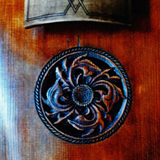Mediaeval
The “Vièle”, or mediaeval fiddle, was the most celebrated instrument from the 11th up to the13th centuries.
Progressively dethroned by new plucked instruments like the harp and the lute as rised the new musical style ars nova, it remained in use until the 16th century. During this time, the structure and tuning did not change – only the exterior shape evolved.
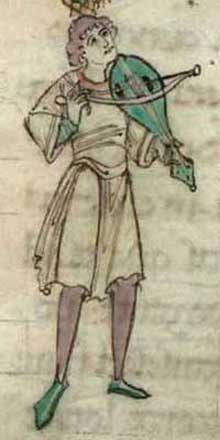 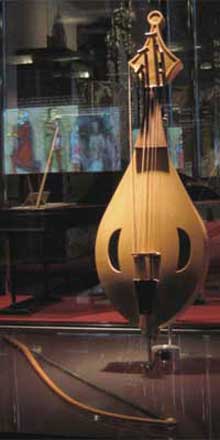
Roman fiddle adapted from the manuscript London Br.Libr., Arundel. 91 (fol°218v°), beginning of the 12th Century.
Vièle created for the Museu de la música in Barcelona, 2006.
In the Roman period, the body was pear-shaped. During the Gothic period, the body increased in size and became more oval. The Italian Renaissance humanists recalled it the lira da braccio and gave it a flamboyant shape design.
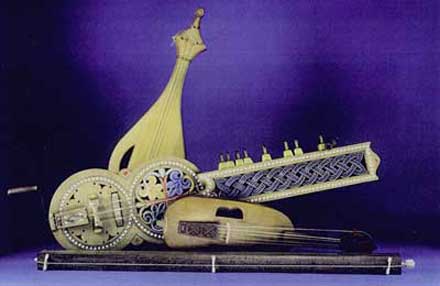
Roman fiddle, monochordum and organistrum created for the Royaumont Foundation, 1994, and oval fiddle from the end of the 12th century.
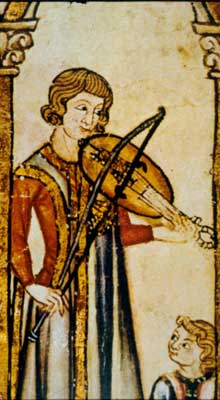 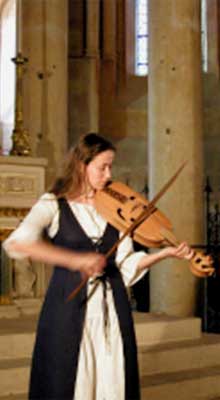
Cantigas de Santa Maria, Spain, 13th Century.
Gothic fiddle from the 14th century created for Evelyne Moser, 2001.
L'organistrum
The scholars of the Middle Ages were so fascinated by sustained sounds that they invented the ‘perpetual bow’. The organistrum consisted of a crank turned wheel of rosined wood placed under the strings inside body of a large giga.
 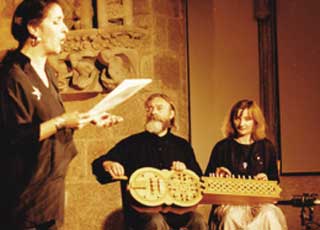
Organistrum of Santiago Compostela and the reconstruction played by the Ensemble Porque Trobar in the Gelmirez Palace for the Barrie de la Maza Foundation, 1993.
With the coming of the organ at the beginning of the 13th century, the organistrum disappeared, but the principle of the perpetual bow has survived until this time and is known as the hurdy gurdy.
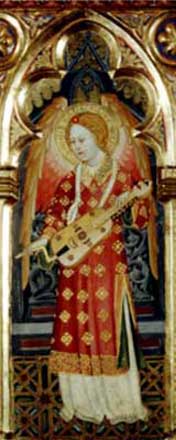 
Hurdy gurdy after a painting on the Leyre casket, Aragon, 14th century.
Instrument created for the Museu de la Música, Barcelona, 2006.
Other links with music and mediaeval instruments can be found on the proLyra site.
|
